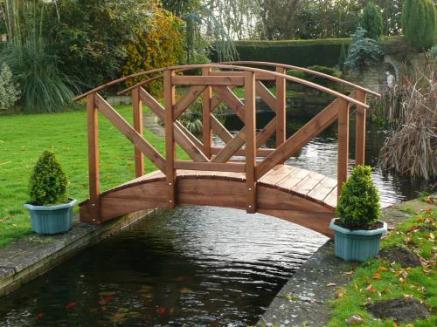| Tags | design and inspiration fun and interesting cleaning and maintenance garden bridge guide great outdoors guide children seating show all posts |
25 Tips To Create An Authentic Japanese Garden
If you are wanting to create a truly relaxing atmosphere in your garden, a Japanese garden may be the way to go. Sometimes it is difficult to know where to start, which is why we have put together a list of our top tips to create the most authentic Japanese garden possible.
1. Bamboo Fences
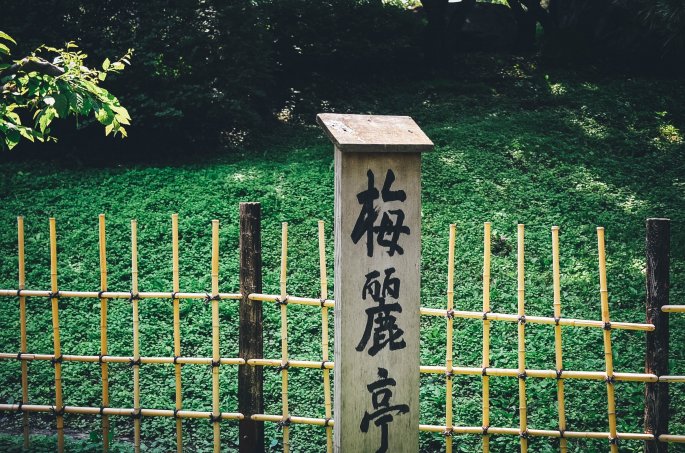
Bamboo Fence
Bamboo fences offer a rustic Japanese alternative to an everyday garden fence. Bamboo is environmentally friendly, attractive and much stronger than timber and other types of wood, but you need to make sure it is well protected from the weather unless it is a live fence.
2. Grow Evergreens
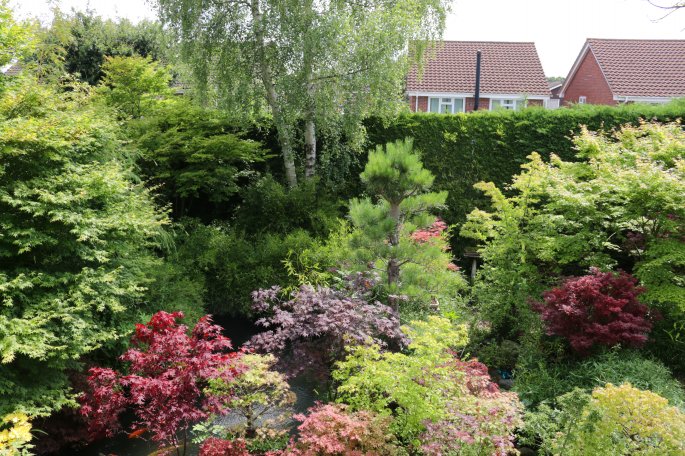
Evergreen Plants
Pines, bamboo and other evergreen trees are often found in Japenese gardens due to their picturesque qualities. They create beautiful shapes against the landscape and can be used as a frame for ornaments and other garden features.
3. Less Is More
All Japanese gardens have an extremely zen feel about them, and part of that is due to a lack of 'things'. Making sure that you don't overclutter your serene environment is essential. Wood, water, rocks and nature should be the main scenery.
4. Encourage Moss
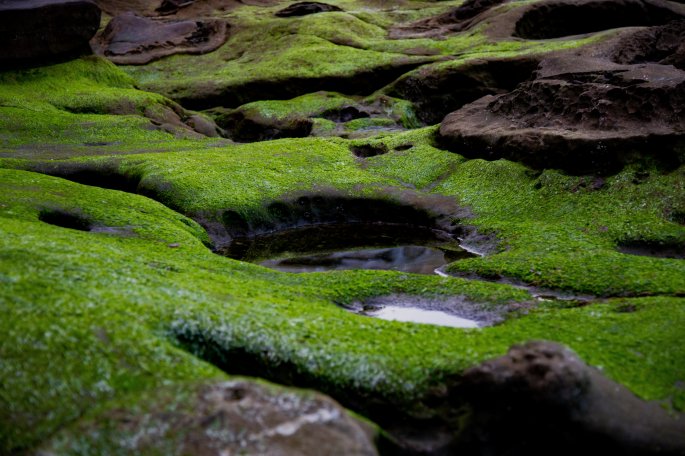
Mossy Rocks
Most of us choose to remove moss and see it as an ugly nuisance, but the Japanese have a great love for it. The green of moss compliment the greys and browns in the rocks in a zen garden, and also introduces a soft surface.
5. Pavilion Or Intimate Space
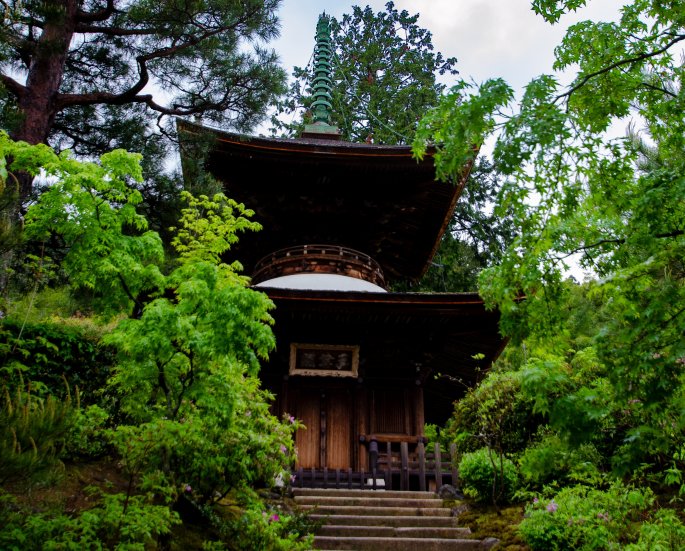
Japanese Pavilion
A pavilion is the main feature in most Japanese gardens, they allow you a safe haven to admire your garden from as well as a beautiful space to get away, have a cup of tea, meditate, read or just take a break.
6. Hidden Secrets
In the majority of Japanese gardens, you are unable to see everything in the garden at once, unless you are in the pavilion. Trees generally hide stone paths, water, rocks and ornaments, so make sure things are hidden away.
7. Pagoda Pillar Stone Lantern
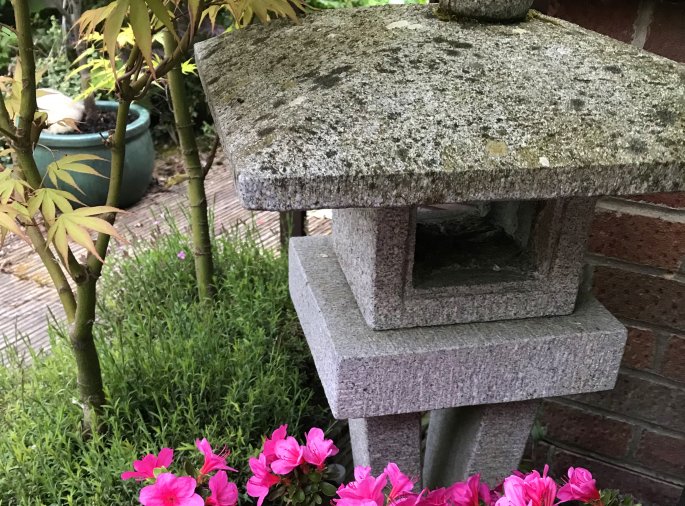
Japanese Pagoda Pillar
A Pagoda is a temple, typically in the form of a multi tiered tower. Stone lanterns are often designed around pagoda pillars and placed in Japanese gardens, so why not introduce one into your authentic garden.
8. Zigzag bridge
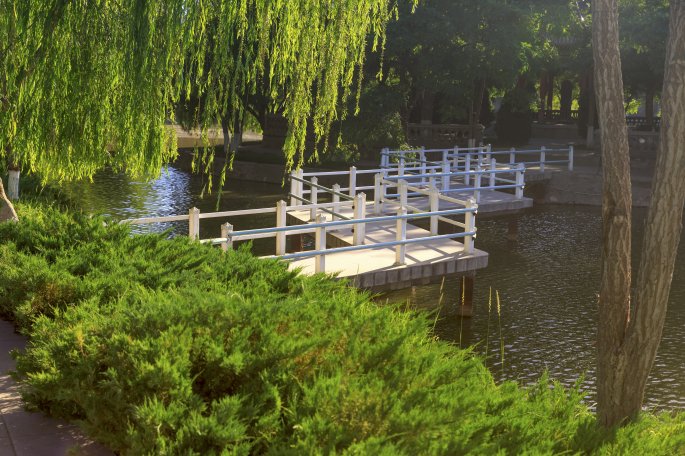
Zigzag Bridge Over A Lake
There are myths that Japanese gardens have zig-zag bridges to prevent evil spirits from moving through them as they can not move in straight lines. However they are actually placed because of their beauty and they are interesting to walk over. Zig-zags are found in a lot of Japanese culture so it is only fitting to appear n their gardens too.
9. Big stones
Big stones typically represent mountains, Buddha, or a gesture of strength or power. Rocks and stones also add to the natural feel of a garden and encourage moss growth which, as previously mentioned, is seen as a beatiful thing in Japan.
10. Island getaway
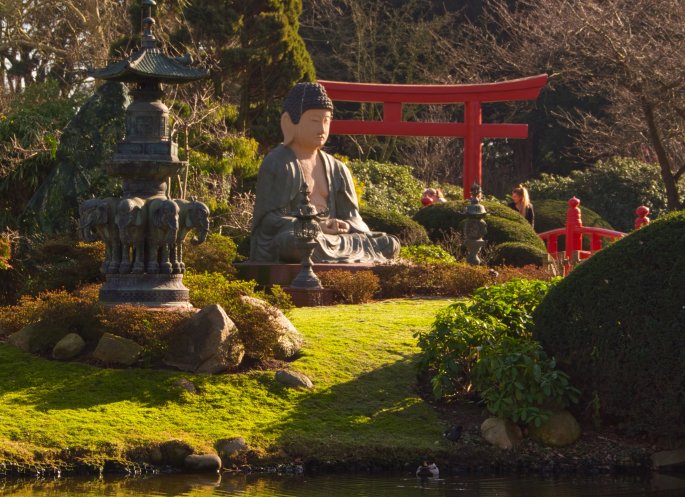
Japanese Garden Island With Buddha
Creating an island in the middle of your Japanese garden is the perfect hidden secret. This may only be suitable for gardens on the larger side, but you could create a small island in the middle of a pond for a smaller alternative.
11. Pool/Pond
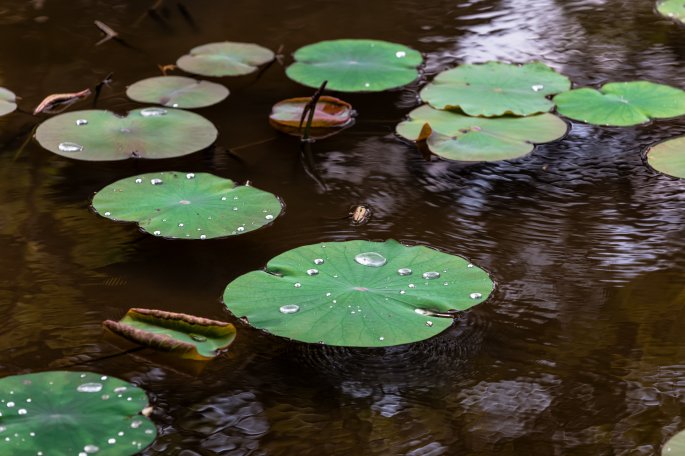
Pond with Lily Pads
A body of water offers a place for reflection ... literally. The sound, feel and look of water are extremely calming. Adding a pool or pond into your Japanese garden will add more nature as well as a calm space for meditation and contemplation.
12. Plants
Japanese Maple, Wood fern, Japanese forest grass, Black mondo grass, Lilies, Pachysandra terminalis, Azaleas, Japanese woodland primrose, Japanese catmint, Kirengeshoma palmata. All of these plants will add that beautiful authentic Japanese feel to your garden.
13. Koi and goldfish
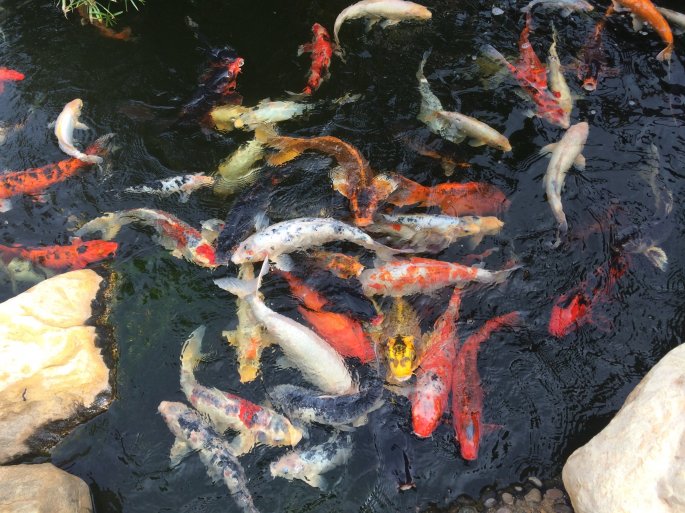
Koi Pond
Koi are beautiful brightly coloured fish, who are also extremely friendly, to fish and humans alike. They will keep you company when you are alone in the garden and may even come to the surface to say hello. Feng Shui also says that koi can attract good luck, fortune and spiritual benefits.
14. Waterfalls
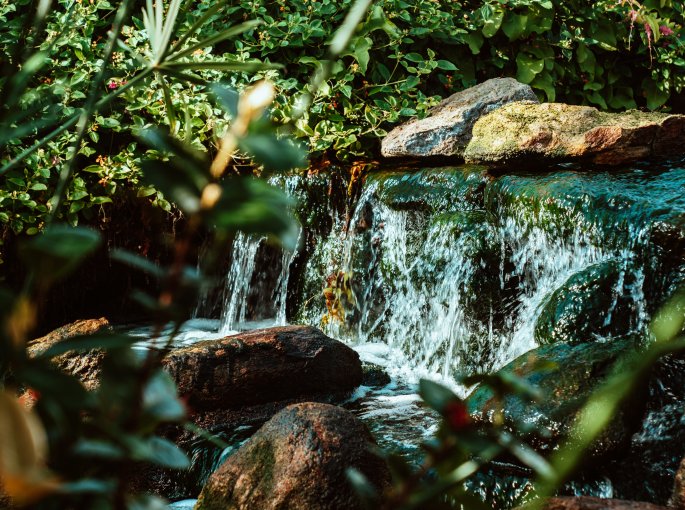
Waterfall
If you have more money and room in your garden, and want to do more than just a pond or pool, then why not install a waterfall. As previously mentioned, water has the ultimate calming effect, especially the sound of flowing water! A waterfall definitely provides a serene atmosphere.
15. Toned down colours
Japanese gardens always consist of greens, browns, reds, pinks and purples. Too many bright colours can lead to a cluttered look, so sticking to natural, toned down colours will ensure your garden does not look too full, and maintains a calm and subtle look.
16. Deer scarer
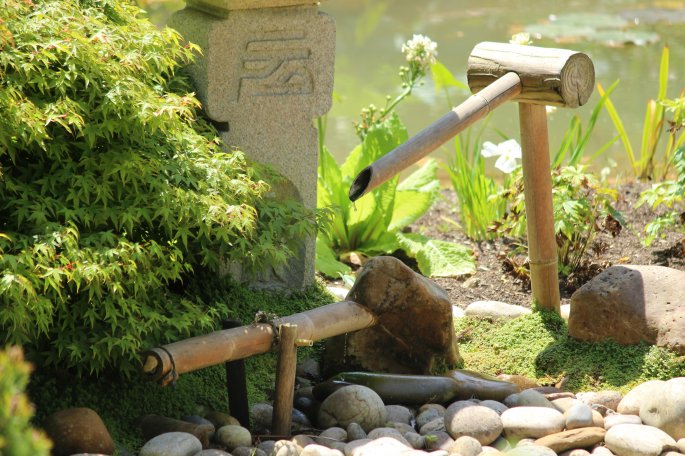
Wooden Deer Scarer
Deer scarers, also known as Shishi Odoshi or Sōzu, is a water feature which is aesthetically pleasing as well as being a very useful device. These are used to frighten away animals which could potentially destroy your garden. Water weighs down one end of a bamboo tube and then bounces back and hits a rock which will scare the animals.
17. Translucent windows
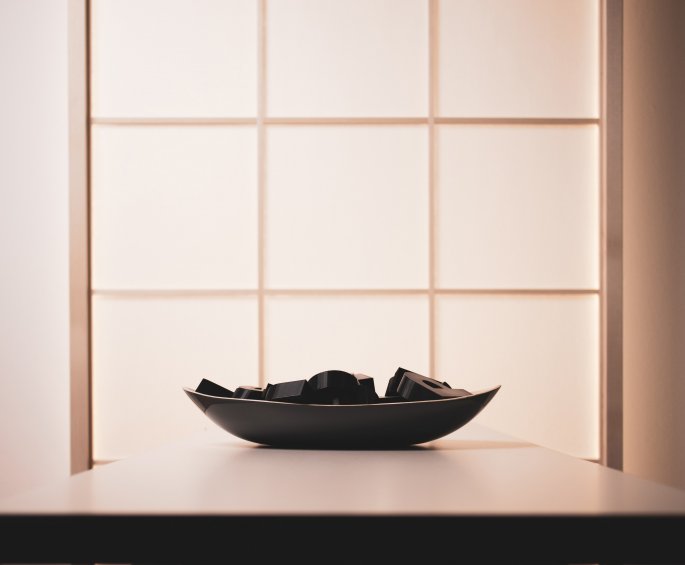
Filled Bowl On Table In Front Of Translucent Window
Shoji means wooden sliding doors with translucent paper on. These doors are very quiet and can work as a room divider, window covering or door. As these are made of paper, they are not used as an external door and generally sit inside a glass door or window.
18. Create structure from plants
Using plants and trees to frame certain objects, shaping them so that their edges look smooth or draping them over a bridge e.g. a weeping willow above a bridge. Using plants and trees as art in your garden can make all of the difference.
19. Stepping stones and stone paths
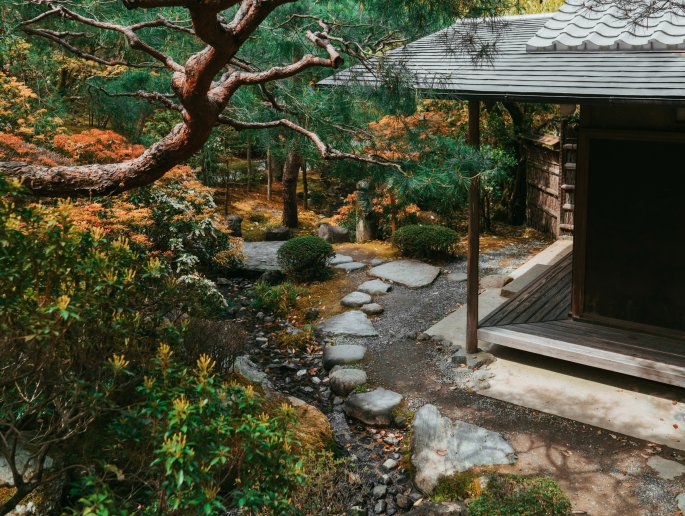
A Stone Garden Path Next To A Pavilion
Stepping stones can add a mysterious feeling to your garden which adds to the hidden secrets element. They are also all natural which adds to the Japanese garden experience.
20. Trees
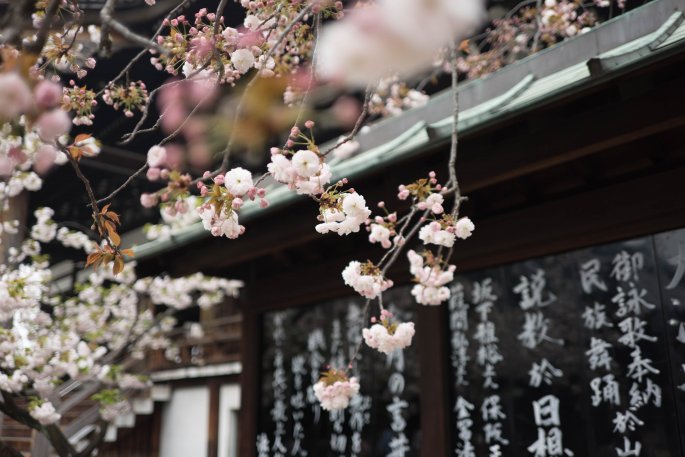
Cherry Blossom
Bamboo, conifers, bonsai and cherry blossom trees are all typically seen in Japanese gardens. All of these types of tree are extremely attractive and will add different elements to your garden.
21. Textural contrast
There is a lot of contrast in a Japanese garden, the hardness of rocks, the delicateness of cherry blossoms, the flow of water etc. All of these things compliment one another.
22. Rain chains
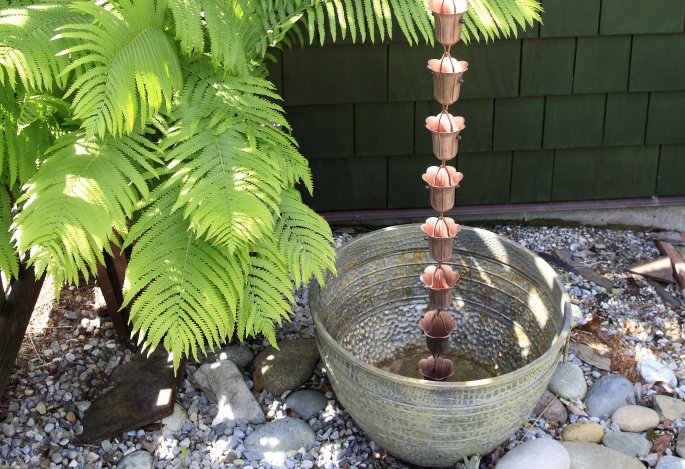
Rain Chain
Rain chains create a relaxing noise with the rain and can be used instead of downspouts or in other areas where rain tends to pour from. They are not as sturdy and have a lower capacity, so in high rainfall areas, you may need a backup downspout.
23. Japanese Ornaments
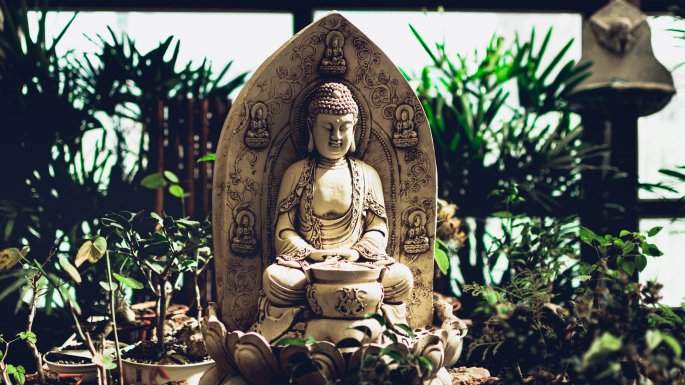
Buddha Statue
Ornaments of Buddha, Pagoda's or animals can be a great centerpiece for your Japanese garden. Just be careful not to introduce too many decorations into your garden at once. It's a little bit easy to get carried away and buy lots of garden features in one go.
24. Garden slippers
In Japanese culture, you are not supposed to enter a garden pavilion with shoes on, therefore you should keep slippers in the entry way to your pavilion. The Japanese pride themselves on cleanliness so your pavilion should not consist of muddy footprints.
25. Japanese bridge
As water is an important feature in a Japanese garden, there should be somewhere perfect for a Japanese style bridge to set off your garden, whether it be over a koi pond or near a waterfall. If you'd like other design ideas relating to garden bridges, check out our other blog '5 Fantastic Uses For A Garden Bridge'
Have you created your own zen garden? If so, what's your favourite feature? We'd love to hear from you, leave a comment below!

